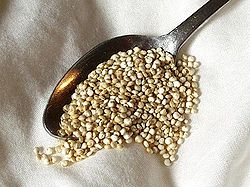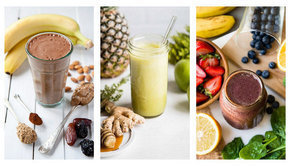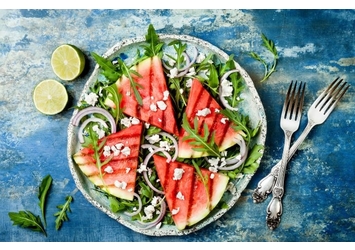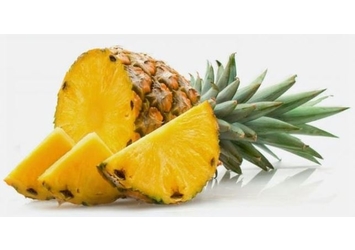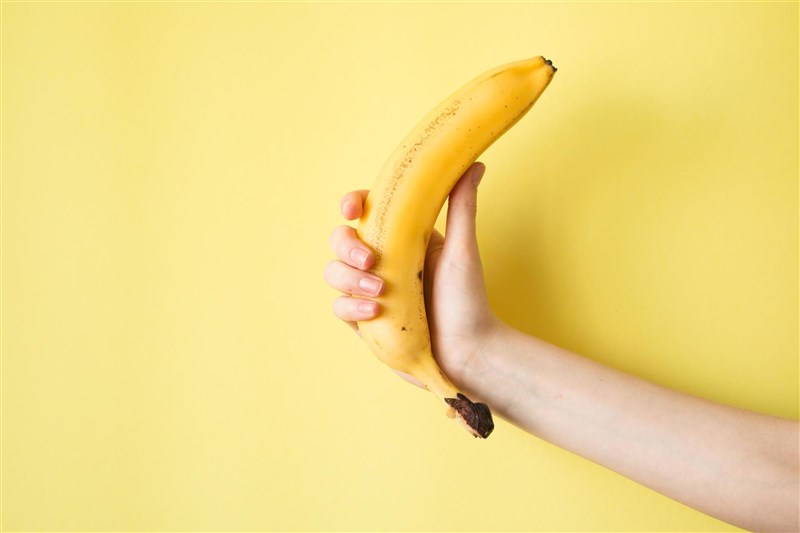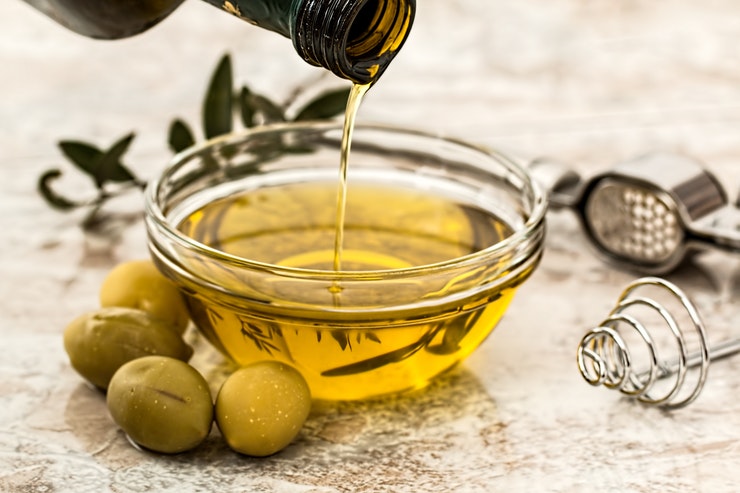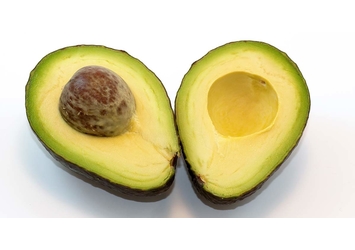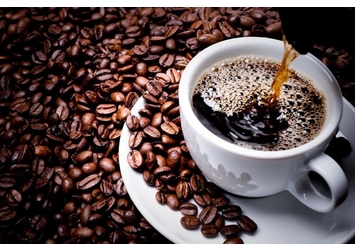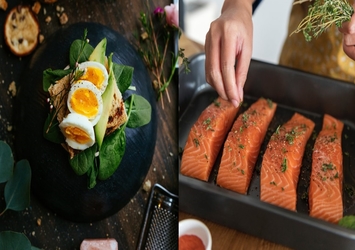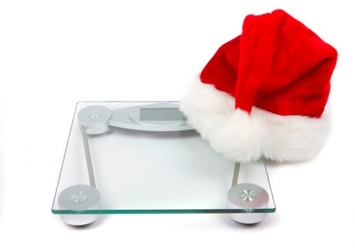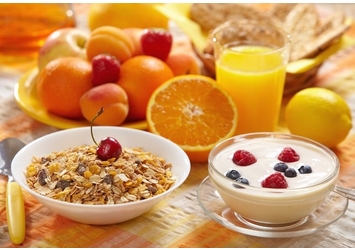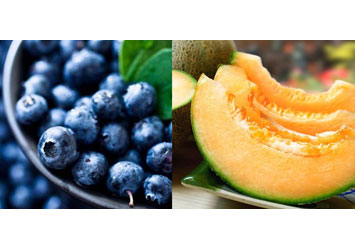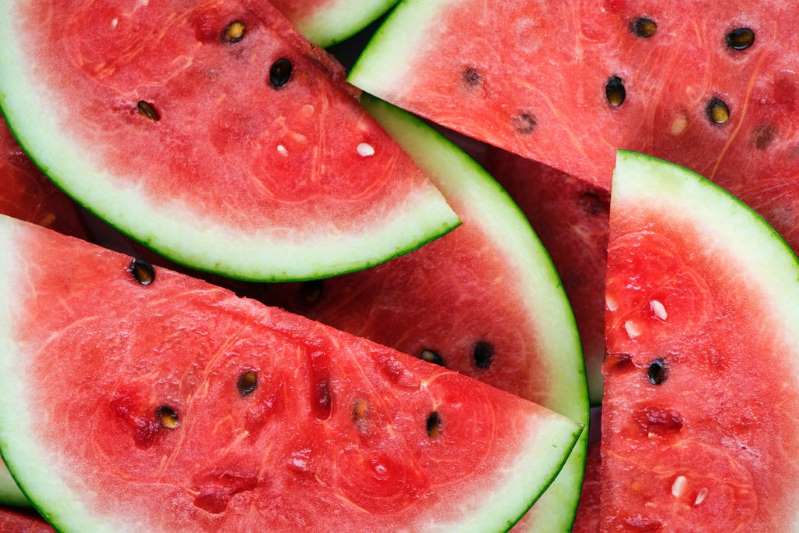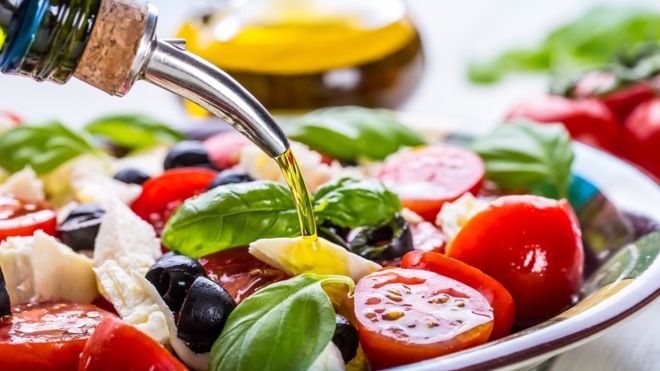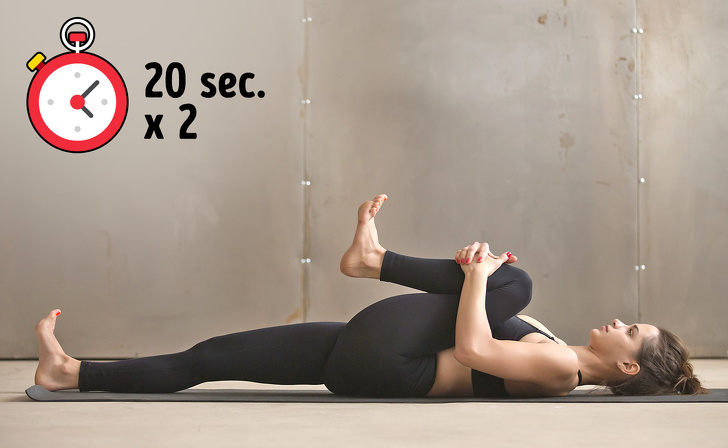You've probably heard that you should eat whole grains, but try the gluten free grain-like seed called "quinoa" instead of wheat. Quinoa (pronounced keen-wah) is not a grain; it is actually a seed and is related to the spinach family. When cooked, quinoa is light, fluffy, slightly crunchy and subtly flavored. It actually cooks and tastes like a grain, making it an excellent replacement for grains that are difficult to digest.
But its flavor is not the only part of why quinoa is such an amazing "supergrain."
Some of the nutrients in quinoa include:
- Complete protein. Quinoa contains all 9 essential amino acids that are required by the body as building blocks for muscles.
- Magnesium helps relax your muscles and blood vessels and effects blood pressure. Quinoa contains high levels of this vital nutrient.
- Fiber. Quinoa is a wonderful way to ensure that you consume valuable fiber that eases elimination and tones your colon.
- Manganese and copper. Quinoa is a good source of these minerals that act as antioxidants in your body to get rid of dangerous cancer and disease-causing substances.
Compared to other grains, quinoa is higher in calcium, phosphorus, magnesium, potassium, iron, copper, manganese, and zinc than wheat, barley, or corn.
Studies have shown that quinoa has documented even more health benefits!
Quinoa, in its whole grain form, may be effective in preventing and treating these conditions:
- Artherosclerosis; hardening of the arteries
- Breast cancer
- Diabetes
- Insulin resistance
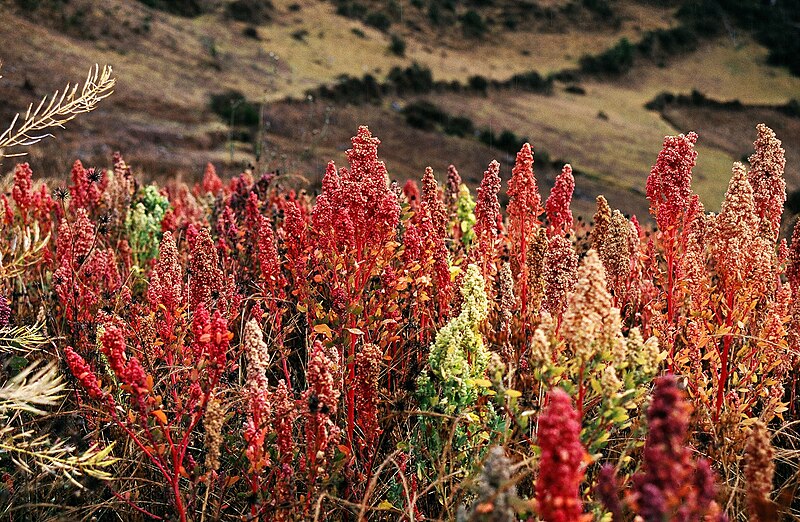
Quinoa: A Body Ecology Grain
We recommend quinoa because it does not feed fungal and bacterial infections in your body. Quinoa has other qualities that make it an ideal "grain":
- Quinoa acts as a prebiotic that feeds the microflora (good bacteria) in your intestines.
- Quinoa is easily digested for optimal absorption of nutrients.
- Quinoa is gluten-free and safe for those with gluten intolerance, people on a celiac diet, and for autistic children who follow the Body Ecology program for autism.
Quinoa in the Kitchen
Quinoa is very easy to cook and can be enjoyed year-round because it's versatile and light. You can use it in warming winter soups or refreshing summer salads.
Make sure you rinse your quinoa and then soak for at least 8 hours to remove the phytic acid that can prevent proper digestion.
Cook quinoa 15 minutes or less, and it's ready to mix with a variety of ingredients to create diverse and delicious meals.

Here are some ideas for your next quinoa meal:
- Sautee garlic, onions, and spinach with coconut oil to top your quinoa.
- Make a summery salad by chopping raw carrots, zucchini, cultured vegetables, and onions over quinoa.
- Use quinoa with vegetable broth and your choice of vegetables for a nutritious soup.
We also recommend eating quinoa in the evening. It is the ideal easy-to-digest food to eat in the evening because it encourages a good night's sleep.
History and Culture
Derived from the Spanish spelling of the Quechua name kinwa or occasionally "Qin-wah", Quinoa originated in the Andean region of Ecuador, Bolivia, Colombia and Peru, where it was successfully domesticated 3,000 to 4,000 years ago for human consumption, though archeological evidence shows a non-domesticated association with pastoral herding some 5,200 to 7,000 years ago. The Incas, who held the crop to be sacred, referred to quinoa as chisaya mama or 'mother of all grains', and it was the Inca emperor who would traditionally sow the first seeds of the season using 'golden implements.



